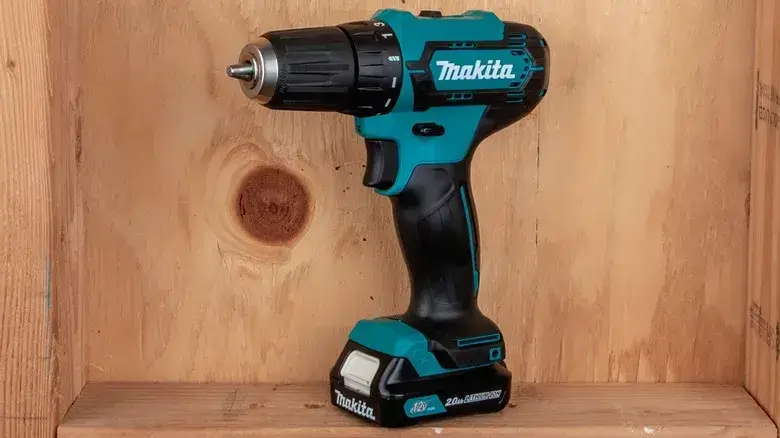If you are a DIY enthusiast or a professional contractor, you may have heard of an impact driver. But what is an impact driver used for, and how does it differ from a regular drill? In this article, we will answer these questions and more, and help you decide if you need an impact driver for your projects.
The Main Purpose of an Impact Driver
An impact driver is a power tool that delivers high torque and speed to drive screws and other fasteners into hard materials. Unlike a drill, an impact driver has a hexagonal chuck that accepts only hex-shanked bits, and a hammering mechanism that creates rotational impacts to increase the driving force. An impact driver is ideal for tasks that require a lot of power and speed, such as installing decks, fences, cabinets, and roofing.
The Benefits of an Impact Driver
An impact driver has several advantages over a regular drill, such as:
More power: An impact driver can produce up to three times more torque than a drill, which means it can drive longer and larger screws with ease. An impact driver can also handle dense materials like hardwood, metal, and concrete without bogging down or stripping the screws.
More speed: An impact driver can deliver up to four times more speed than a drill, which means it can complete the job faster and more efficiently. An impact driver can also adjust its speed and impact according to the resistance of the material, which makes it more versatile and adaptable.
Less fatigue: An impact driver is lighter and more compact than a drill, which means it is easier to handle and maneuver. An impact driver also transfers less vibration and kickback to the user, which means it is more comfortable and safer to use. An impact driver can also fit into tight spaces where a drill may not reach.
Less damage: An impact driver can prevent damage to the screws and the material by applying consistent and controlled pressure. An impact driver can also prevent cam-out, which is when the bit slips out of the screw head and damages it. An impact driver can also reduce the need for pilot holes, which can save time and materials.
The Limitations of an Impact Driver
An impact driver is not a perfect tool, and it has some drawbacks, such as:
- Less precision: An impact driver is not designed for delicate or precise tasks, such as drilling holes or driving screws flush. An impact driver can also be noisy and create a lot of dust and debris, which can be annoying and messy. An impact driver can also damage soft or thin materials by overdriving the screws or cracking the surface.
- Less compatibility: An impact driver can only accept hex-shanked bits, which means it is not compatible with regular drill bits, spade bits, hole saws, or other accessories. An impact driver can also be more expensive than a drill, and it may require special fasteners that are designed for impact driving.
The Bottom Line
An impact driver is a powerful and versatile tool that can handle tough and demanding tasks that a regular drill may struggle with. However, an impact driver is not a replacement for a drill, and it has its own limitations and drawbacks. Therefore, the best way to use an impact driver is to complement it with a drill, and choose the right tool for the right job. By doing so, you can enjoy the benefits of both tools and achieve the best results for your projects.

